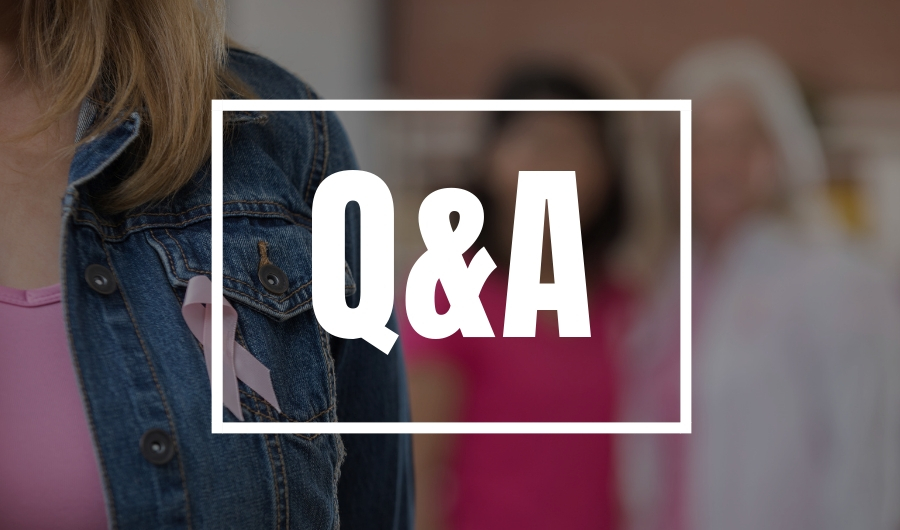Uma Swamy, M.D., a board-certified radiation oncologist is pioneering new treatment for breast cancer patients in Fresno. She explains the benefits of prone breast radiation, now being provided at the California Cancer Center, a facility of Community Medical Centers.
 |
| Dr. Uma Swamy |
Q. Can you describe prone breast radiation and how it differs from more conventional position for breast radiation treatment?
Dr. Swamy: Instead of laying on your back, you are on your stomach for the treatment. The prone treatment table has a cutout which allows the breast to hang and the radiation beams are positioned in a way that can make the dose to the organs behind the breast insignificant. Given the patients’ are the ones that use this board, it was very important that we got their input. We asked patients to try out three different prone tables before we purchased the equipment. The table we use now was rated the highest for comfort by patients and staff who tried it out, including myself.
Q. What are the main benefits to prone breast radiation?
Dr. Swamy: The main benefits are reduced dose to the surrounding normal tissues and often less toxicity to the treated breast. In treatments where you are on your back (conventional), as you breathe, the breast moves up and down slightly; so we have to account for the motion from the breathing. That results in a small dose of radiation going to the lung and – in left-sided breast cancer patients – a little bit of the heart. When we put patients on their stomach, the breathing motion becomes a non-factor. Also for patients who have larger breasts that are not sitting up nice and perky, we have to target the radiation in a way that can cause more side effects. When we put women on their stomachs (prone), the breasts hang down and away from the body, so this allows for treatment in a way where side effects can potentially be reduced.
|
||
Q. What are those possible side effects?
Dr. Swamy: With any breast radiation treatment – whether it is on your back or stomach (prone) – patients may have some tiredness and a localized skin reaction similar to a sunburn on the treated breast. We encourage patients to get exercise during the treatment since that helps with the tiredness. Prone breast radiation can help limit the skin reaction and make the dose to the lung and heart insignificant.
Q. Who is eligible for prone breast radiation?
Dr. Swamy: This is best for early stage breast cancer patients. Patients with very small breasts or patients who need their lymph nodes also treated are not good candidates.
Q. What can a patient expect when getting prone breast radiation treatment?
Dr. Swamy: First you meet with our physicians to see if you are a candidate. Second we plan the radiation out by putting some marks around the breast, scan and take some pictures. Then we do a verification step which is basically a dress rehearsal to make sure no changes to the radiation plan need to be made. Then, within a day or two of the verification, we begin treatment.
Basically during treatment, the patient lies face down on the treatment table. It takes about 15 minutes for the whole treatment, including the setup and the actual treatment. There are no physical activity restrictions, no dietary restrictions. Often people are concerned about being around pregnant women or kids. You are not radioactive so there is no need to stay away from other people.
Treatments can last 3-6 ½ weeks, given daily (Monday - Friday) depending on the cancer and patients can drive themselves to their treatments. Treatments are delivered by the technicians and the radiation oncologist sees the patients once a week.
Q. What else should patients know?
Dr. Swamy: Most patients are nervous at their first treatment, but often are relaxed after a few treatments. Many find music played during the treatment is relaxing. Patients are scheduled for treatments the same time every day so our patients often see the same radiation therapy techs and even the same people in the waiting room. Sometimes patients create this sisterhood in the waiting room and they become friends as they see each other through treatments. That support is very helpful and wonderful to witness.
We get a lot of questions because radiation is a black box for most people. It is a complete unknown. We are delivering a high dose of an X-ray to help kill cancer cells. It does sound scary because most people hear radiation and think about Chernobyl and nuclear meltdowns. But two-thirds of all cancer patients are treated with radiation, with radiation therapy being around for several decades. www.rtanswers.org is a great web site to learn more about radiation therapy. Lastly as I advise all my patients, don’t be afraid to ask your doctor questions and remember care is best delivered when it is a partnership between you and your doctors.
Erin Kennedy reported this story. Reach her at MedWatchToday@CommunityMedical.org.




